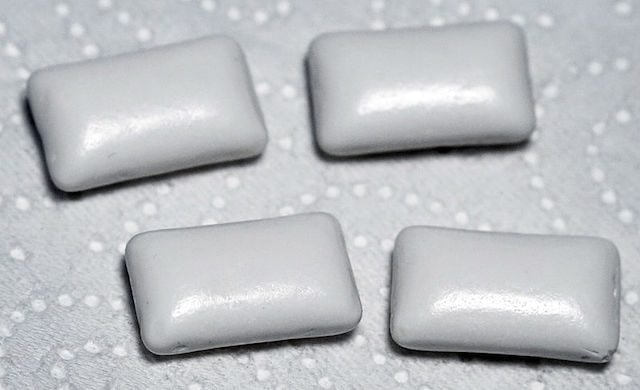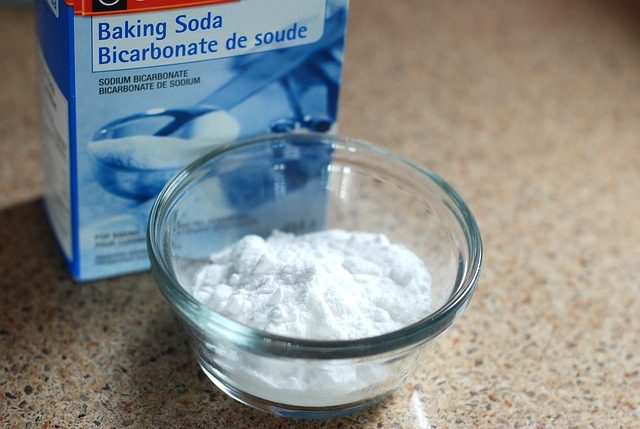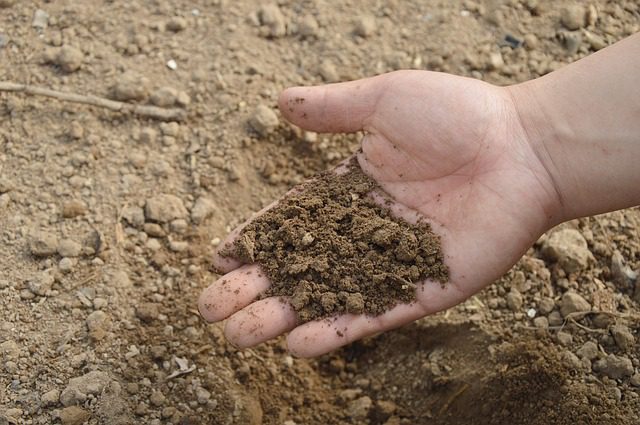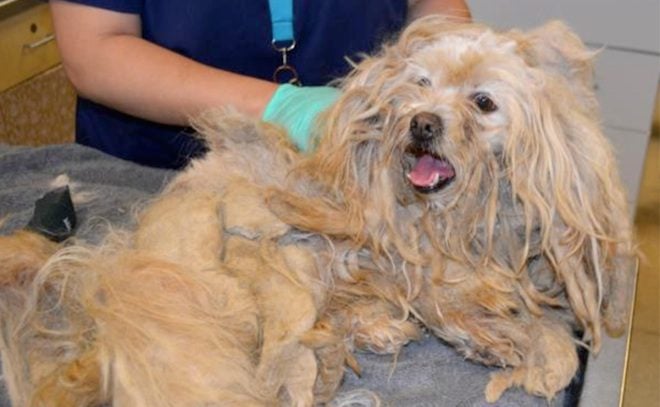Toxic Foods for Dogs – Ingredients
Many people indulge dogs by feeding them table scraps now and then. Dogs are also experts in sniffing out smelly, tasty food lying around and quickly gulping it down before you can snatch it away. So knowing what foods are toxic to dogs is helpful in preventing an accidental poisoning.
Please remember, if you suspect your dog has ingested a toxic food, seek veterinary attention immediately.
In this part we cover pantry ingredients, food ingredients, food by-products, and spices that can be toxic to dogs. To read about potentially toxic drinks and beans (like cocoa/chocolate) click here. To read about harmful and potentially toxic meats and fish click here. To read about potentially toxic fruits, vegetables and nuts click here.
Xylitol
Xylitol is a sugar-free sweetener most often found in sugarless chewing gum and candy as well as sugar-free food products. It can also be found in toothpaste, baked goods and some diet foods. For dogs it is toxic as it stimulates the pancreas to secrete insulin, resulting in hypoglycemia (low blood sugar) and liver failure. As few as 2 pieces of gum can cause hypoglycemia in a 20 pound (9 kg) dog. A pack of gum can cause liver damage. Signs of toxicity can occur within 30 to 60 minutes. Dogs also can be poisoned by sugar-free peanut butter that contains this ingredient.
Symptoms: vomiting, lethargy, weakness, drunken gait, collapse and seizures.
Possible Outcomes: hypoglycemia, liver failure, permanent liver damage, death.
Action: Fast action required. Take your pet to a vet or emergency clinic immediately. The vet may induce vomiting or perform gastric lavage. The dog will need to be treated intravenously with dextrose (sugar) and monitored closely for several days. If treated early enough, many dogs improve with supportive care, though liver damage can be permanent.

Medications
Although technically not a food group, over-the-counter medications and prescription medications for people account for a very high number of accidental dog poisonings due to their chemical ingredients. Any medication that includes acetaminophen (Tylenol), ibuprofen (Advil) and naproxen (Aleve) are toxic to dogs are the number one poison affecting dogs. Drugs prescribed for human conditions are often harmful and potentially fatal for dogs. This includes a wide range of chemicals, so please be sure to lock away or put your prescriptions out of reach of your pets.


Salt
Ingesting too much salt can cause excessive thirst and urination in a dog and, although rare, can lead to sodium ion poisoning. Sodium ion poisoning restricts the amount of water and oxygen in the body. When a dog is diagnosed with epilepsy without a known cause, the reason could be salt. Although it is unlikely your dog will eat a box of salt, salt water ingested while swimming in the ocean or playing at the beach can cause salt water poisoning. Read more in our article “How To Protect Your Dog From Salt Water Poisoning.”
Symptoms: vomiting, diarrhea, depression, tremors, elevated body temperature, seizures, kidney failure. It may even cause death.
Action: Take your dog to the vet. Depending on the severity of the poisoning, the dog may be given an antibiotic and anti-emetic drug to stop seizures. Intravenous therapy to increase the flow of oxygen and flush the high salt content from the blood may also be administered.


Nutmeg
Nutmeg can cause tremors, seizures and death. Nutmeg causes damage to the dog’s central nervous system. The exact quantities to be ingested to cause severe reaction is unknown, but generally speaking, large quantities would need to be ingested (factoring in size of the dog in relation to amount). However some dogs may be more sensitive to the ingredient than others. It is unknown what compound is toxic. If left untreated, dog poisoning from nutmeg can be fatal.


Symptoms: tremors, muscle spasms and seizures.
Possible Outcomes: severely ill, death.
Action: if your dog ingests a large amount monitor your pet and if in doubt or the dog evinces any symptoms take your pet to the vet.
Raw Yeast/Uncooked Yeast Dough
When uncooked raw yeast produces ethanol, like alcohol. If a dog eats raw dough he/she could develop symptoms akin to drinking alcohol.
Symptoms: sedation, depression, lethargy, weakness, drunken gait and hypothermia.
Possible Outcomes: liver failure, coma, seizures and death.
Action: Fast intervention needed. Take pet as soon as possible to vet or emergency clinic. The vet will treat with aggressive supportive care with fluid therapy and medications.


Baking Soda, Baking Powder
Large quantities need to be ingested for any toxic effect (relative to a dog’s size). Typically, these compounds release gases when they react with moisture and heat (as in your dog’s stomach). This reaction can lead to electrolyte abnormalities (low potassium, low calcium and/or high sodium), muscle spasms and /or congestive heart failure. Fortunately, dogs do not generally find these types of leavening agents very appetizing.
Symptoms: muscle spasms and/or congestive heart failure.
Possible Outcomes: muscle convulsions, congestive heart failure.
Action: If you believe your dog has consumed a toxic quantity take your pet to a vet for care.


Fertilizers
Fertilizers are not food, but some fertilizers do contain organic materials that dogs will consider tasty. Bone meal, blood meal, feather meal, and iron-based products are sometimes active ingredients in various organic fertilizers, making them tasty and appealing to a dog. However, ingesting large quantities of fertilizer can cause pancreatitis and obstruct the gastrointestinal tract.








